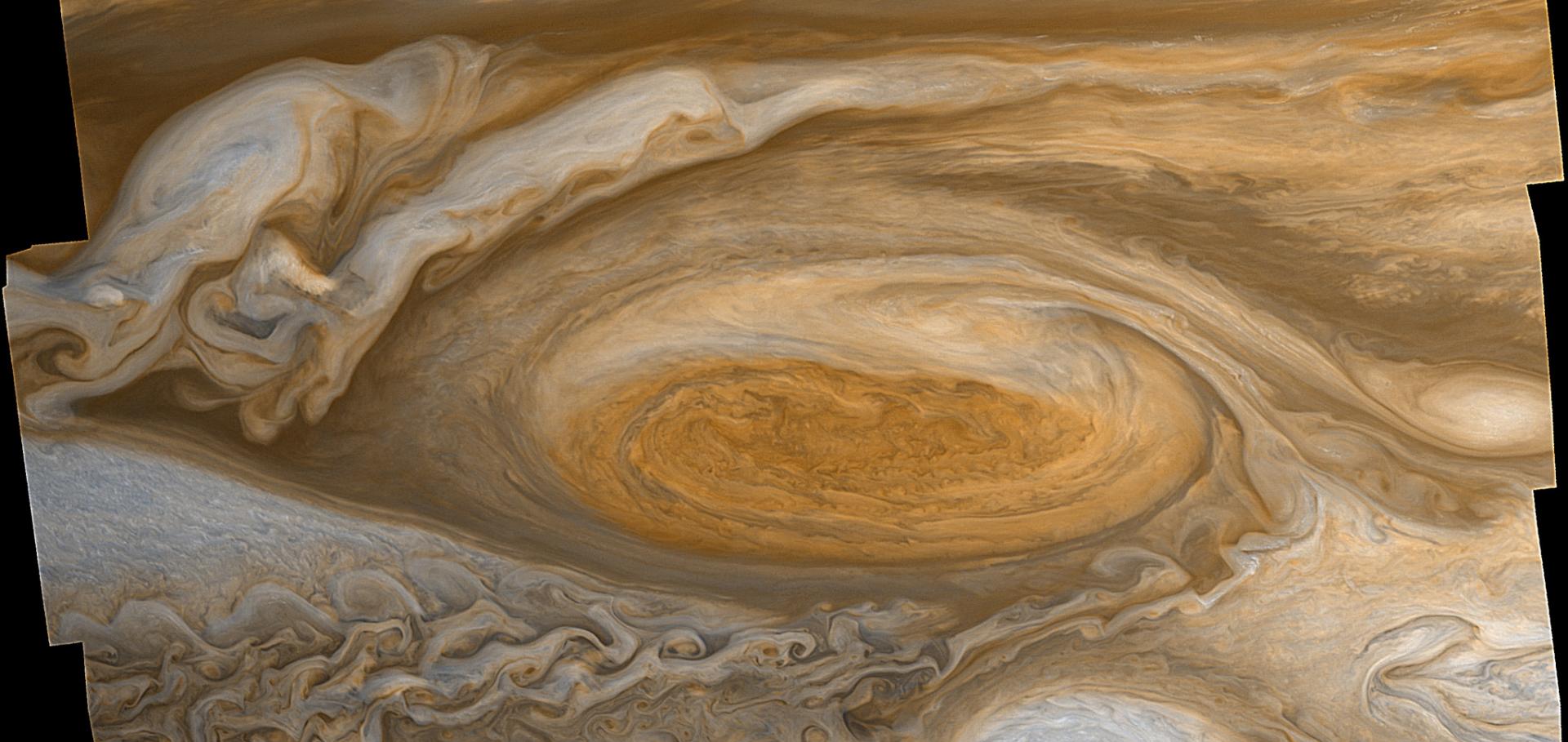A numerical model of the atmosphere of Venus
ADV SPACE RES 36:11 (2005) 2142-2145
Abstract:
A new general circulation model (GCM) of Venus is being developed at Oxford. Venus presents unique numerical and physical challenges because of its thick atmosphere, slow underlying solid body rotation, and super-rotating atmosphere. Preliminary results from a GCM with simplified physical parameterizations are discussed. The current model uses linearized cooling and friction schemes, and spans five decades of pressure (0-90 km). The model is able to demonstrate significant global super-rotation, and although not yet fully realistic, future plans include more detailed representation of the Venusian atmosphere, such as the planetary boundary layer (PBL) scheme. The use of the model is discussed in supporting and interpreting data from future missions to Venus. (c) 2005 COSPAR. Published by Elsevier Ltd. All rights reserved.Interannual variability of Martian dust storms in assimilation of several years of Mars global surveyor observations
ADV SPACE RES 36:11 (2005) 2146-2155
Abstract:
We study the interannual variability of dust storms on Mars in an assimilation of thermal profiles and dust opacity observations into a general circulation model for the Martian atmosphere. The observations have been provided by the thermal emission spectrometer aboard the Mars Global Surveyor spacecraft during the scientific mapping phase over more than two complete Martian years, which include three dusty seasons in southern spring. A comparison between dust seasons which are characterized only by regional storms and the global, planet-encircling dust storm of 2001 is performed, focusing on the meteorological conditions which can trigger the onset and development of the global storm, and its effects on the global circulation. (c) 2005 COSPAR. Published by Elsevier Ltd. All rights reserved.On the generation mechanisms of short-scale unbalanced modes in rotating two-layer flows with vertical shear
JOURNAL OF FLUID MECHANICS 528 (2005) 1-22
The effects of the martian regolith on GCM water cycle simulations
ICARUS 177:1 (2005) 174-189
Jupiter's and Saturn's convectively driven banded jets in the laboratory
Geophysical Research Letters 31:22 (2004) 1-5


